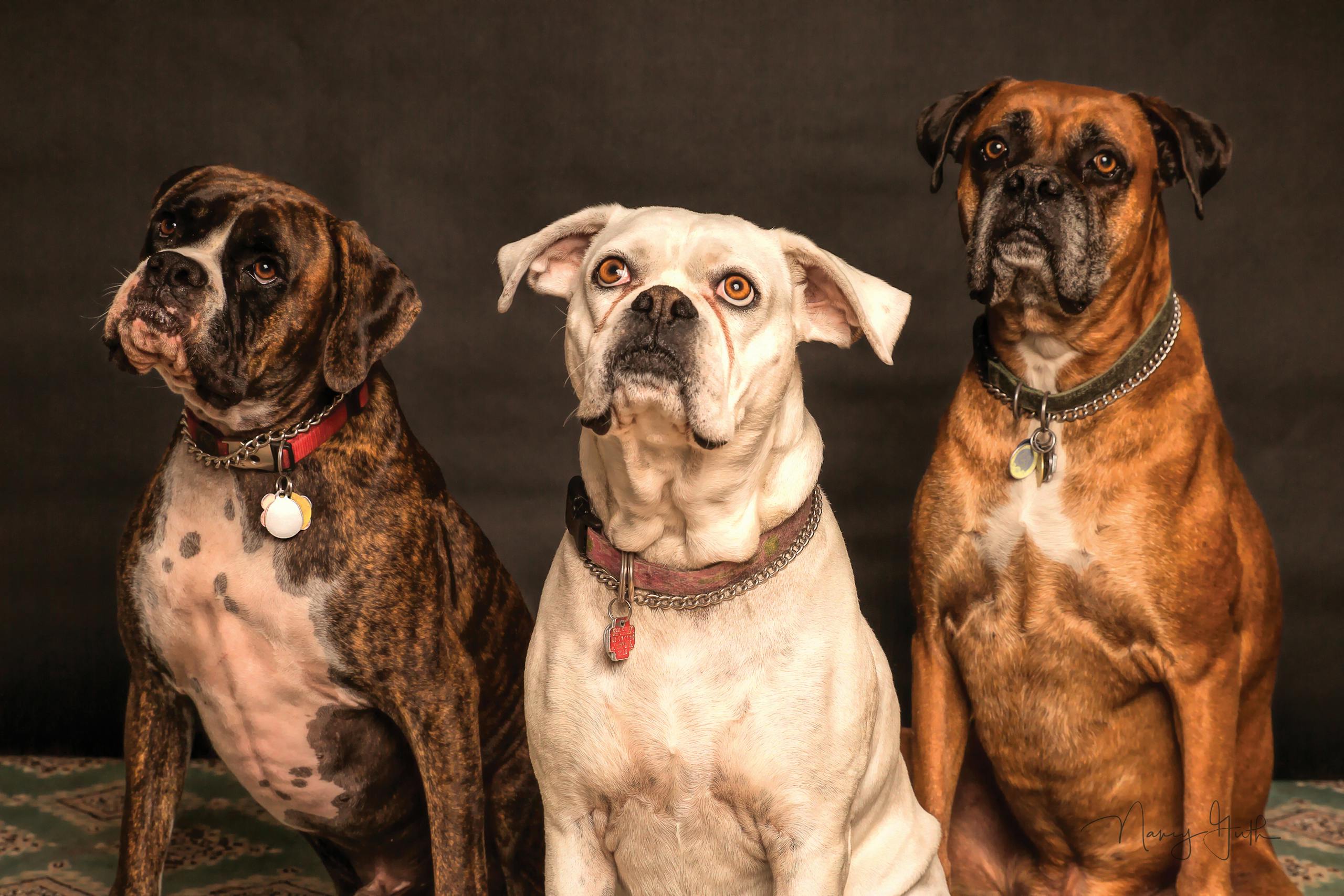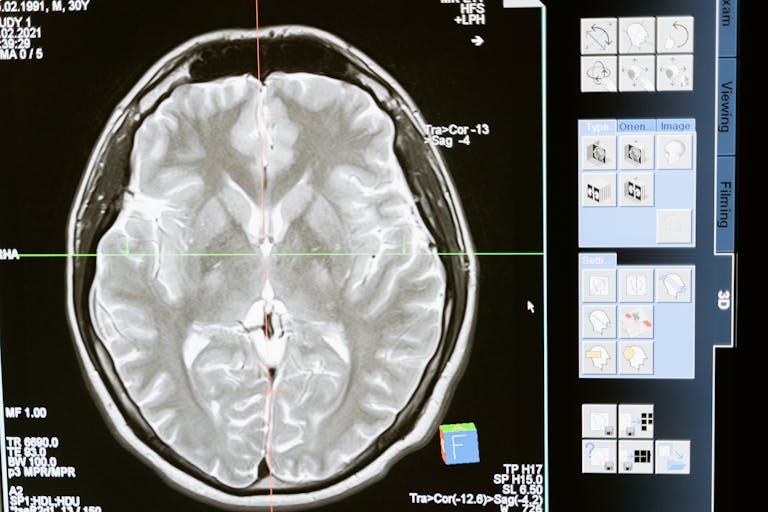PAVLOV’S ORIGINAL EXPERIMENT (1890s-1900s)
What was the experiment?
Pavlov’s experiment involved training dogs to associate the sound of a bell with the presentation of food. Here’s a simplified overview of the experiment:
- Initial Response: Pavlov began by ringing a bell every time he presented food to the dogs. At first, the dogs salivated when they saw the food, but not when they heard the bell.
- Association: Pavlov repeated the process of ringing the bell and presenting food to the dogs many times. Over time, the dogs began to associate the sound of the bell with the presentation of food.
- Conditioned Response: Eventually, Pavlov found that the dogs would salivate when they heard the bell, even if no food was presented. This was a conditioned response, meaning that the dogs had learned to associate the sound of the bell with the presentation of food.
The Setup:
- Ivan Pavlov was actually studying digestion in dogs
- He noticed dogs would salivate BEFORE food was present
- This accidental observation led to groundbreaking research
Key Components:
- Unconditioned Stimulus (US) = Food
- Unconditioned Response (UR) = Salivation
- Neutral Stimulus (NS) = Bell/Metronome
- Conditioned Stimulus (CS) = Bell after learning
- Conditioned Response (CR) = Salivation to bell
THE PROCESS:
- Before Conditioning:
- Food → Salivation
- Bell → No response
- During Conditioning:
- Bell + Food paired repeatedly
- Dogs learn association
- After Conditioning:
- Bell alone → Salivation
- Association formed!
KEY FINDINGS:
- Acquisition
- Learning happens gradually
- Stronger with consistent pairing
- Can happen quickly (few trials)
- Extinction
- If bell rings without food repeatedly
- Salivation response decreases
- But doesn’t disappear completely
- Spontaneous Recovery
- After extinction period
- Response can return spontaneously
- Usually weaker than original
MODERN APPLICATIONS:
- Therapy
- Treating phobias
- Addiction recovery
- Anxiety management
- Education
- Classroom management
- Learning environments
- Study habits
- Marketing
- Brand associations
- Consumer behavior
- Advertising strategies
HISTORICAL IMPACT:
- Psychology
- Launched behaviorism movement
- Introduced scientific method to psychology
- Won Nobel Prize (1904)
- Research Methods
- Emphasized measurement
- Introduced control procedures
- Standardized observations
REFERENCES:
- Pavlov, I. P. (1927). Conditioned Reflexes: An Investigation of the Physiological Activity of the Cerebral Cortex.
- Windholz, G. (1986). “Pavlov’s position toward American behaviorism.” Journal of the History of the Behavioral Sciences.
- Todes, D. P. (2014). “Ivan Pavlov: A Russian Life in Science.”
- Clark, R. E. (2004). “The Classical Origins of Pavlov’s Conditioning.” Integrative Physiological & Behavioral Science.






